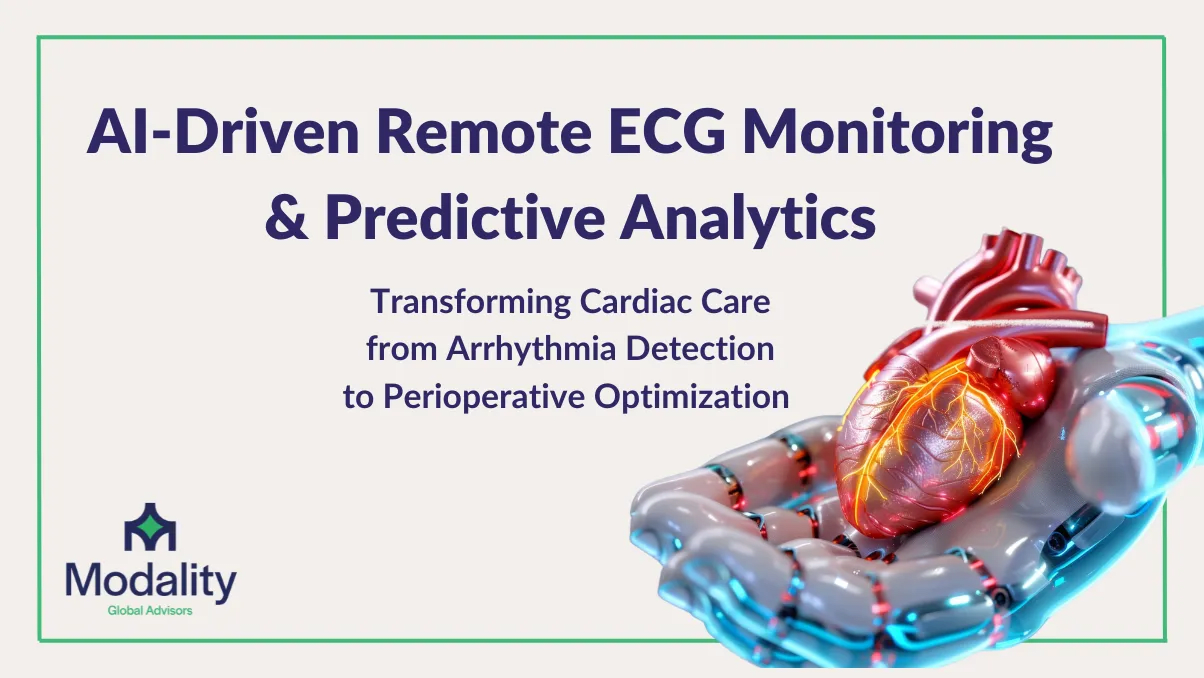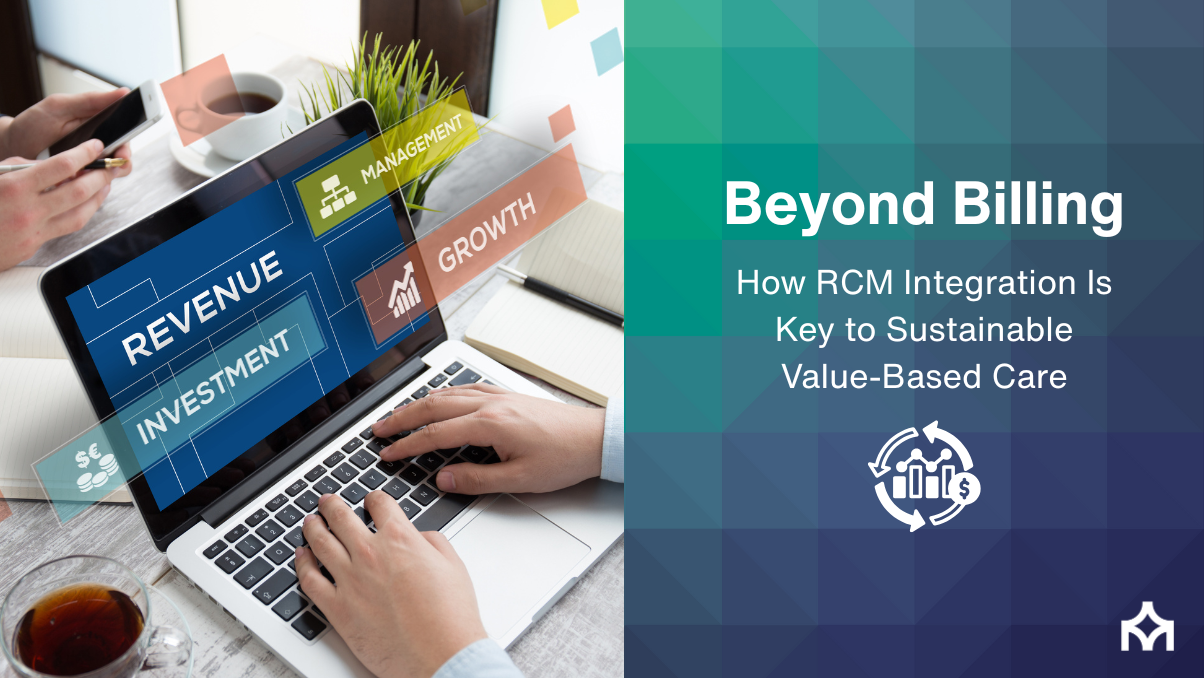AI-Driven Remote ECG Monitoring and Predictive Analytics: Transforming Cardiac Care from Arrhythmia Detection to Perioperative Optimization
AI ECG & Predictive Analytics: How Cardiology Is Moving from Reactive to Proactive Care
Cardiac care is being re-architected by artificial intelligence (AI), advanced analytics, and connected devices. Two domains show the biggest gains: remote ECG–based arrhythmia detection and predictive analytics across the perioperative continuum. From early AFib identification to fewer post-op complications, these tools are reshaping clinical decisions, outcomes, and operations.
I. The Rising Burden of Arrhythmias
II. Extending Arrhythmia Detection Beyond the Hospital
A. Remote ECG + AI
FDA-cleared handheld/wearable ECGs (e.g., 6-lead devices) stream tracings to cloud platforms and feed results to the EHR via integrations (e.g., ECG management systems). AI interpreters support rapid triage and scalable surveillance outside clinic walls.
- More monitoring, more signal: Extended capture increases yield vs. 24–48h Holters; intermittent events are less likely to be missed.
- Early intervention: Reported AI ECG sensitivity for AFib detection can reach the mid- to high-90% range, supporting timely stroke-prevention therapy.
- Utilization & cost: Programs report fewer urgent visits/readmissions and per-patient savings (often cited in the thousands of dollars annually).
- Patient experience: Home monitoring improves convenience, adherence, and satisfaction.
B. High-Risk Populations
Post-operative atrial arrhythmias affect 30–50% of cardiac surgery patients. Extending remote rhythm surveillance after discharge helps detect recurrence early and can reduce complications, with structured data flowing directly into clinician workflows.
III. Predictive Analytics Across Perioperative Care
- Pre-op risk stratification: Models synthesize comorbidities, labs, meds, and functional status to predict cardiac/overall surgical risk and guide optimization.
- Intra-op vigilance: Real-time analytics flag hemodynamic instability and cumulative risk, supporting proactive anesthesia and perfusion decisions.
- Post-op complication prevention: Early-warning scores and telemetry analytics identify patients trending toward AFib, bleeding, or infection for targeted intervention.
IV. Operational & Financial Impact
| Domain | How AI/Analytics Help | Typical Results Reported* |
|---|---|---|
| OR efficiency | Case-length prediction, dynamic block management | Fewer late-day overruns; improved throughput |
| ICU & staffing | Real-time capacity and acuity forecasting | Better nurse:patient alignment; reduced idle time |
| LOS & readmissions | Early-warning scores; targeted transitions of care | Shorter LOS; fewer 30-day returns |
| RCM | Cleaner documentation & device utilization capture | Lower denial risk; faster cash |
*Ranges vary by baseline, population, and adoption maturity.
V. Adoption Trends & What’s Next
- Widespread pilots to scale: Many systems now run AI ECG analysis and periop analytics across cardiology and surgery service lines.
- Toward personalization: Continuous monitoring plus AI supports tailored anticoagulation, rate/rhythm control, and recovery pathways.
- Barriers to solve: Privacy/security, interoperability, reimbursement clarity, and team training remain essential workstreams.
VI. Clinical Impact
Stroke prevention
Earlier AFib detection supports timely anticoagulation and care plans, lowering stroke risk.
Fewer post-op arrhythmias
Real-time alerts enable proactive rate/rhythm management and electrolyte optimization.
Patient engagement
Wearables and mobile ECGs empower self-management and improve adherence to follow-up.
VII. Implementation Checklist
- Define use cases: AFib screening (primary care), post-op surveillance, high-risk periop cohorts.
- Select devices & stack: FDA-cleared ECGs; ECG management; secure cloud; EHR integration (orders/results/notes).
- Validate models: Local calibration, bias testing, and performance monitoring with clinical oversight.
- Embed in workflow: Auto-routing of alerts; clear escalation protocols; documentation prompts.
- Governance & security: PHI protection, vendor risk assessment, audit trails, and MDM for BYOD.
- Measure ROI: Detection yield, time-to-therapy, LOS, readmissions, staffing efficiency, denial rates.
- Educate teams: Clinician training, patient onboarding, and change-management playbooks.
Explore an AI ECG & Periop Analytics Blueprint with Modality Global Advisors
Disclaimer: Technology performance and outcomes vary by setting and population. AI outputs should be used as clinical decision support—not standalone diagnoses.






